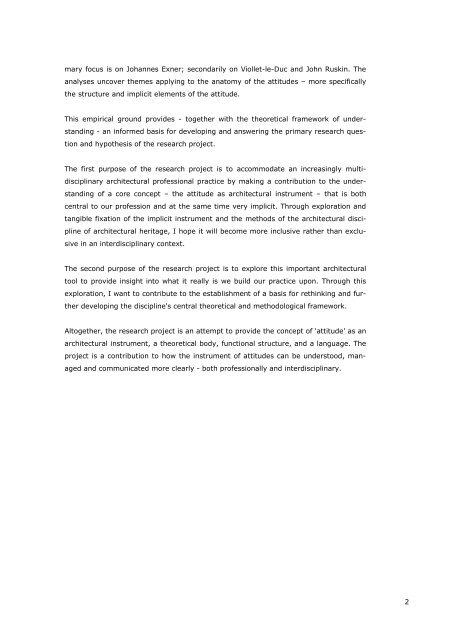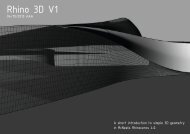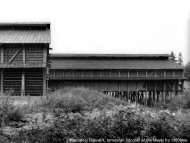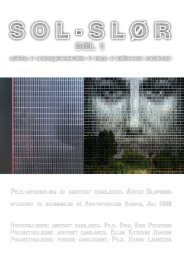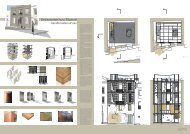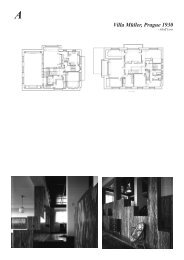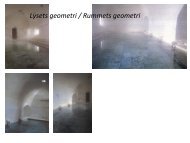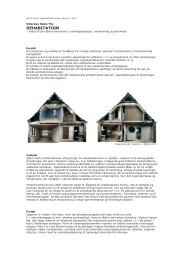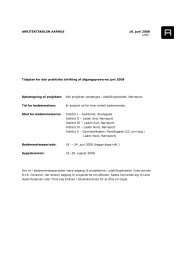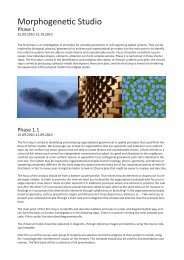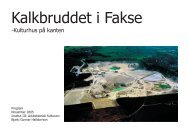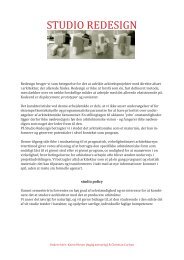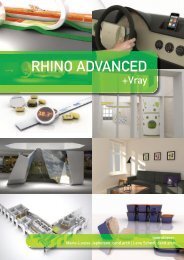ABSTRACT Ph.D. thesis Restoration versus Instoration and ...
ABSTRACT Ph.D. thesis Restoration versus Instoration and ...
ABSTRACT Ph.D. thesis Restoration versus Instoration and ...
You also want an ePaper? Increase the reach of your titles
YUMPU automatically turns print PDFs into web optimized ePapers that Google loves.
mary focus is on Johannes Exner; secondarily on Viollet-le-Duc <strong>and</strong> John Ruskin. The<br />
analyses uncover themes applying to the anatomy of the attitudes – more specifically<br />
the structure <strong>and</strong> implicit elements of the attitude. .<br />
This empirical ground provides - together with the theoretical framework of underst<strong>and</strong>ing<br />
- an informed basis for developing <strong>and</strong> answering the primary research question<br />
<strong>and</strong> hypo<strong>thesis</strong> of the research project.<br />
The first purpose of the research project is to accommodate an increasingly multidisciplinary<br />
architectural professional practice by making a contribution to the underst<strong>and</strong>ing<br />
of a core concept – the attitude as architectural instrument – that is both<br />
central to our profession <strong>and</strong> at the same time very implicit. Through exploration <strong>and</strong><br />
tangible fixation of the implicit instrument <strong>and</strong> the methods of the architectural discipline<br />
of architectural heritage, I hope it will become more inclusive rather than exclusive<br />
in an interdisciplinary context.<br />
The second purpose of the research project is to explore this important architectural<br />
tool to provide insight into what it really is we build our practice upon. Through this<br />
exploration, I want to contribute to the establishment of a basis for rethinking <strong>and</strong> further<br />
developing the discipline's central theoretical <strong>and</strong> methodological framework.<br />
Altogether, the research project is an attempt to provide the concept of ‘attitude’ as an<br />
architectural instrument, a theoretical body, functional structure, <strong>and</strong> a language. The<br />
project is a contribution to how the instrument of attitudes can be understood, managed<br />
<strong>and</strong> communicated more clearly - both professionally <strong>and</strong> interdisciplinary.<br />
2


